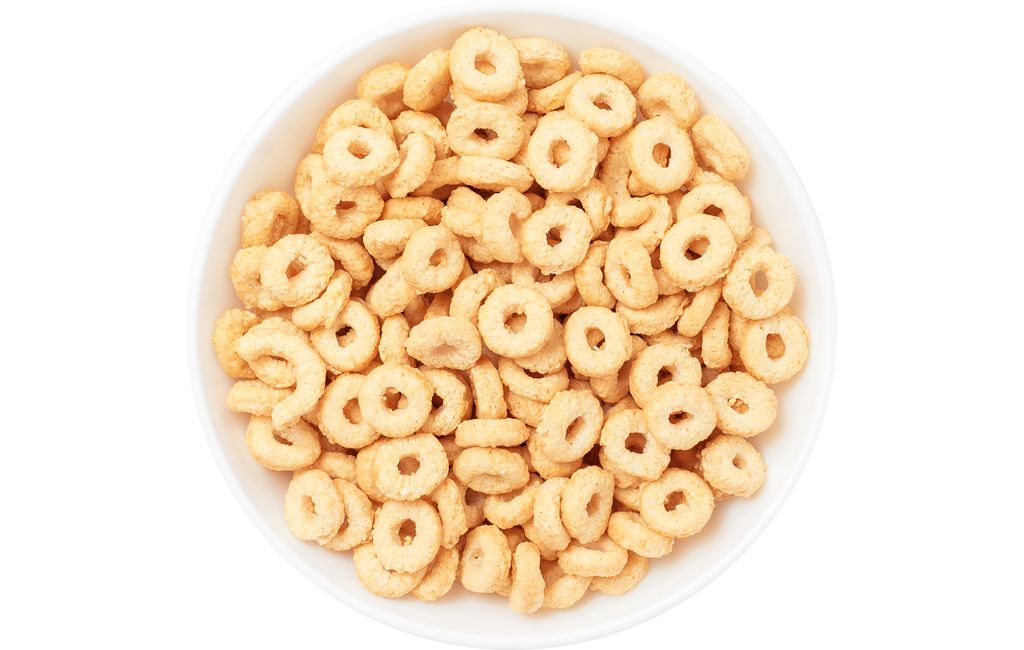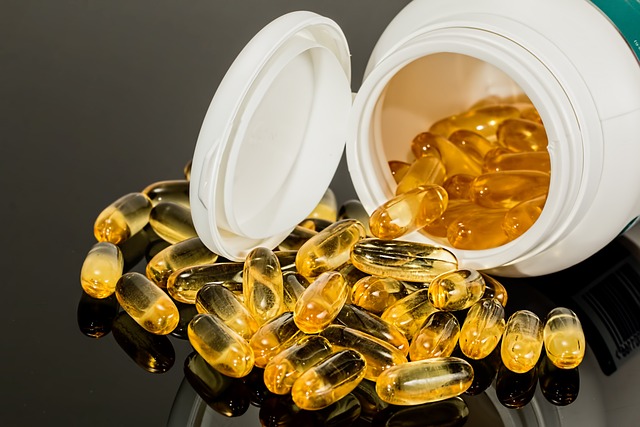Legal Edibles: What’s Allowed and Safe
The world of legal edibles has expanded significantly in recent years, offering a variety of options for consumers interested in exploring cannabis-infused products. With the legalization of cannabis in many regions, understanding what is allowed and safe is crucial for both new and experienced users. This article explores the legal landscape of edibles, safety considerations, and the impact of these products on the market.
Understanding Legal Edibles
Legal edibles refer to food products infused with cannabis extracts, typically containing THC (tetrahydrocannabinol) or CBD (cannabidiol). These products are available in various forms, including gummies, chocolates, beverages, and baked goods. The legality of these products varies by region, influenced by local laws and regulations.
Regulations and Compliance
Each jurisdiction has its own set of rules governing the production, sale, and consumption of cannabis edibles. These regulations often dictate:
- The maximum allowable THC content per serving and package.
- Packaging and labeling requirements to prevent accidental consumption, especially by children.
- Testing protocols to ensure product safety and consistency.
For instance, in Canada, the Cannabis Act regulates the sale of edibles, setting a limit of 10 mg of THC per package. In the United States, regulations differ by state, with some states allowing up to 100 mg of THC per package.
Safety Considerations
Consuming edibles involves different safety considerations compared to smoking or vaping cannabis. The effects of edibles can take longer to manifest, often between 30 minutes to 2 hours, and can last much longer. This delayed onset can lead to overconsumption if users are not patient.
To promote safe consumption, users should:
- Start with a low dose, especially if new to edibles.
- Wait at least two hours before consuming more.
- Store edibles securely to prevent accidental ingestion by children or pets.
The Market Impact of Legal Edibles
The legalization of edibles has significantly impacted the cannabis market, driving innovation and attracting a diverse consumer base. Edibles offer a discreet and convenient way to consume cannabis, appealing to those who prefer not to smoke.
Consumer Demographics
Edibles attract a wide range of consumers, from young adults to older individuals seeking alternative wellness options. A 2020 report by New Frontier Data found that 54% of cannabis consumers in legal markets had tried edibles, with gummies being the most popular choice.
Economic Contributions
The edibles market contributes significantly to the economy, creating jobs and generating tax revenue. In Colorado, for example, cannabis sales, including edibles, generated over $387 million in tax revenue in 2020 alone.
Case Studies: Success Stories and Challenges
Several companies have successfully navigated the legal edibles market, while others have faced challenges. Understanding these examples can provide valuable insights into the industry’s dynamics.
Success Story: Kiva Confections
Kiva Confections, a California-based company, is renowned for its high-quality cannabis-infused chocolates and gummies. By focusing on consistent dosing and premium ingredients, Kiva has built a strong brand reputation and expanded its product line across multiple states.
Challenge: Compliance Issues
Some companies have faced setbacks due to non-compliance with local regulations. In 2019, a major Canadian producer had to recall several batches of edibles due to labeling errors, highlighting the importance of adhering to strict regulatory standards.
Future Trends in Legal Edibles
The future of legal edibles looks promising, with several trends shaping the industry. As consumer preferences evolve, companies are innovating to meet demand for healthier and more diverse options.
Health-Conscious Products
There is a growing demand for edibles that cater to health-conscious consumers. This includes products with natural ingredients, low sugar content, and added nutritional benefits. Companies are responding by developing edibles infused with vitamins, adaptogens, and other wellness-focused ingredients.
Technological Advancements
Advancements in technology are enhancing the production and consumption of edibles. Nanoemulsion technology, for example, allows for faster absorption and onset of effects, providing a more predictable experience for consumers.
Conclusion
The legal edibles market offers a diverse array of products for consumers seeking alternative ways to enjoy cannabis. Understanding the regulations, safety considerations, and market dynamics is key to navigating this evolving industry. As the market continues to grow, innovation and compliance will play pivotal roles in shaping the future of legal edibles.

